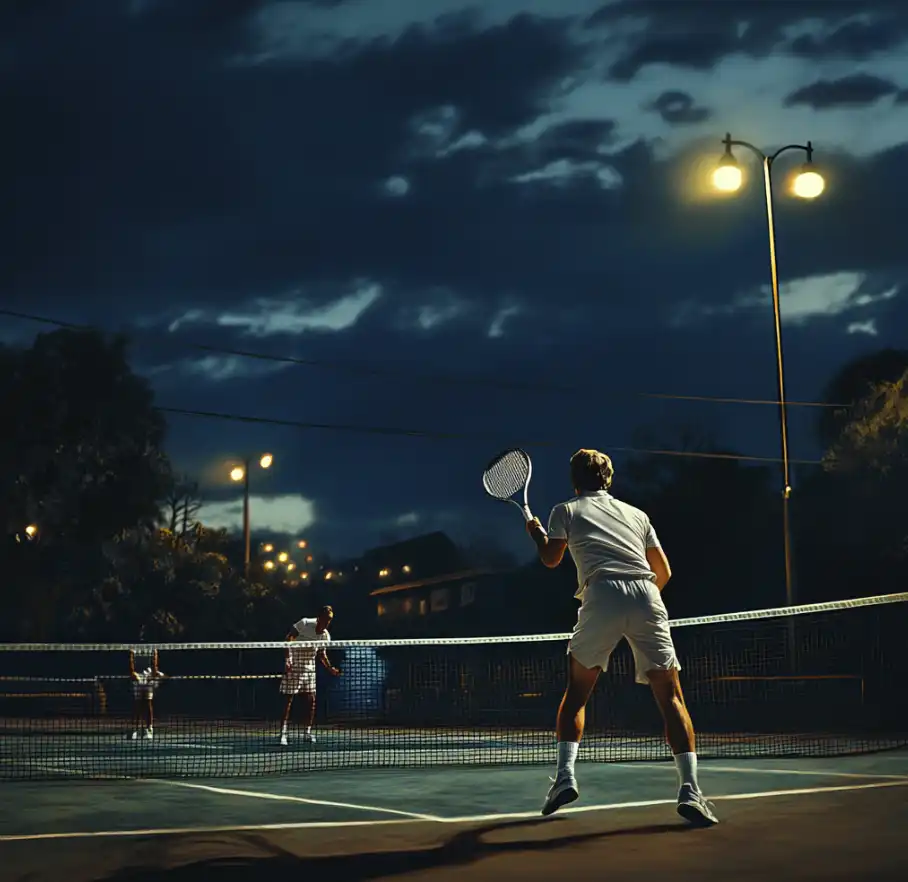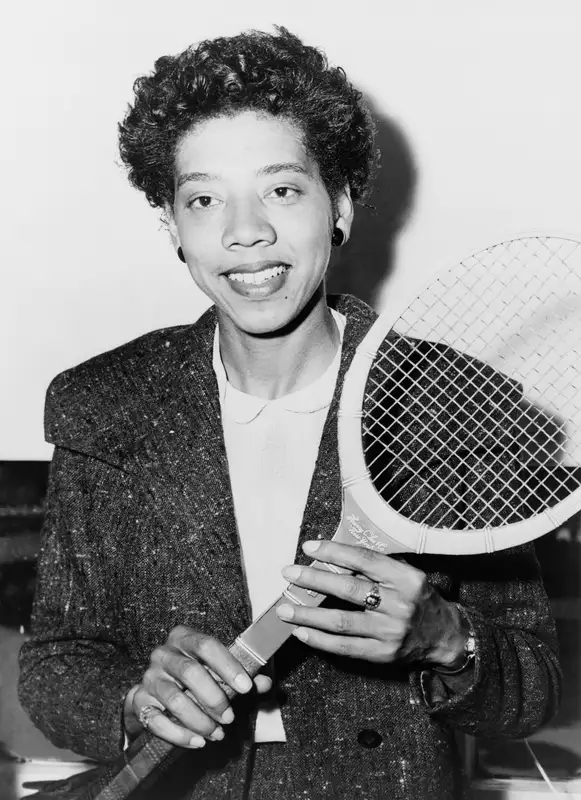Aryna Sabalenka, the 2024 US Open champion, made history with her third-round match against Ekaterina Alexandrova, which started at 12:08 a.m.—the latest start ever at the US Open. Just two days later, in another late-night match, Zheng Qinwen and Donna Vekic finished their round of 16 match at 2:15 a.m., marking the latest finish for a women’s match in the tournament’s history.
These late-night schedules are not only unusual but also pose a significant risk to players’ health, according to a report by the Professional Tennis Players Association (PTPA). The report, shared with ESPN, found that matches starting after 7 p.m. increase the likelihood of injury. The study, which analyzed data from Grand Slam events between April 2018 and May 2024, revealed that as the percentage of night matches increased, injury rates rose from 4.6% to 5.2%.
Dr. Robby Sikka, PTPA’s medical director and leader of the study, explained that players in night matches are 25% more likely to get injured than those playing during the day. Despite this, night matches are becoming more common, increasing from 7% to over 11% of matches at Grand Slams, with projections showing the figure could surpass 15% by the next US Open.
Growing Concerns Among Players
Players have long voiced concerns about the impact of late matches on their health and performance. Coco Gauff, the 2023 US Open champion, called post-midnight finishes “unhealthy” during the French Open in June. Similarly, Novak Djokovic, a 24-time Grand Slam champion and co-founder of the PTPA, has expressed difficulty with playing late at night, especially as he gets older. After his late-night first-round match at the US Open, Djokovic, 37, admitted, “My batteries are low now. I’m shutting down.”
Djokovic’s experience at the 2023 French Open further illustrates the risks of late matches. His five-set match against Lorenzo Musetti, which ended at 3:06 a.m., was the latest finish in tournament history. Shortly after, Djokovic tore the meniscus in his knee and was forced to withdraw from the tournament, later requiring surgery.
Daria Kasatkina, currently ranked No. 13, highlighted that late-night matches don’t just end on the court. Players have to go through post-match routines—interviews, media obligations, recovery sessions, and travel back to their accommodations—which can delay rest and recovery. Kasatkina has her own experiences with late finishes, like the 2:57 a.m. conclusion of her match against Elena Rybakina at the Canadian Open in 2023. “You’re destroyed,” she said of the physical and emotional toll of late-night matches.
Data Drives the Need for Change
The PTPA’s report is significant because it quantifies players’ concerns. According to executive director Ahmad Nassar, the athletes’ frustration with late matches led the organization to seek objective data to back their claims. “It’s one thing to grumble about not liking late-night matches,” Nassar said. “It’s much different to say, ‘Here’s real data showing a 25% greater chance of injury.'”
The ATP and WTA, which govern men’s and women’s tennis, have already begun taking steps to address these concerns. As of 2024, both tours have implemented regulations banning matches from starting after 11 p.m. and prohibiting night sessions from beginning after 7:30 p.m. However, these rules don’t apply to the Grand Slams, which operate independently.
At the US Open, tournament director Stacey Allaster has introduced a new policy allowing night matches to be moved to alternate courts if they haven’t started by 11:15 p.m. But Sabalenka and Alexandrova’s match went ahead on Arthur Ashe Stadium well after this time. While the players were consulted and agreed to the late start, Nassar argues that this decision should not be left to the athletes. He compares it to the NFL’s strict concussion protocols: “You don’t ask a player with a potential concussion if they want to keep playing. The rule is there to protect them.”
Broader Player Welfare Concerns
The issue of late-night matches is part of a broader discussion about player welfare in tennis. Kasatkina emphasized that longer tournaments, larger draws, and increased travel between time zones are all taking a toll on athletes. “We don’t have much time for practice or rest. To get proper recovery, you have to sacrifice some tournaments,” she said.
Surface changes between tournaments are also a challenge. Hubert Hurkacz, ranked No. 8, pointed out the difficulty of transitioning between surfaces, especially with the addition of the 2024 Olympic Games, which will be played on clay, in the middle of the hard-court season. This lack of consistent preparation puts players at higher risk of injury.
Learning from Other Sports
Dr. Sikka believes tennis can learn from how other sports handle player welfare. He referenced the NFL’s approach to concussion data and MLB’s concern with pitch counts to prevent arm injuries. “Should we have a serve count in tennis?” Sikka asked, noting the correlation between higher serve velocities and increased chances of winning—but also the potential injury cost.
While no data is flawless, Sikka emphasized that the trends in tennis injury risk are undeniable. “Now we have a measurable baseline. If we want to make changes, we can compare and evaluate their effectiveness.”
The PTPA is committed to working with the tours and Grand Slams to optimize player health and performance, with the ultimate goal of improving care for tennis athletes. “We’re not here to put people down,” Sikka said. “We’re here to improve the quality of care for a population.”




